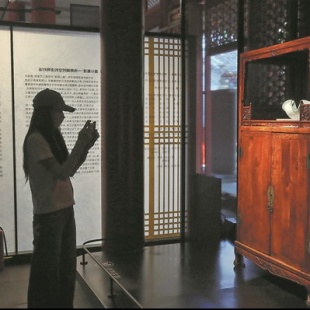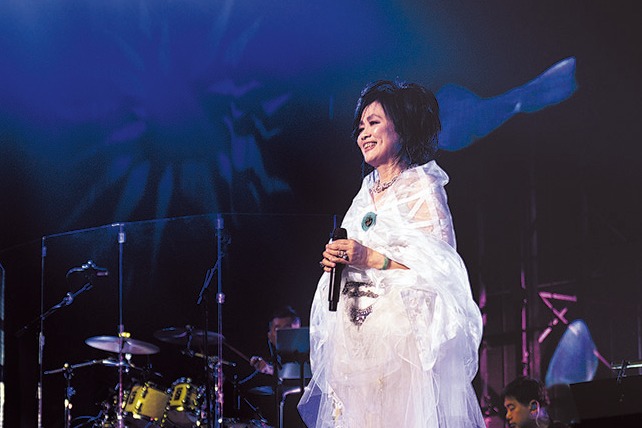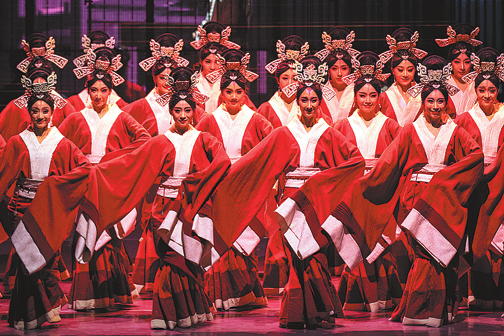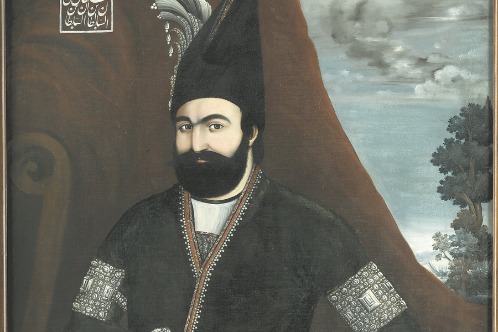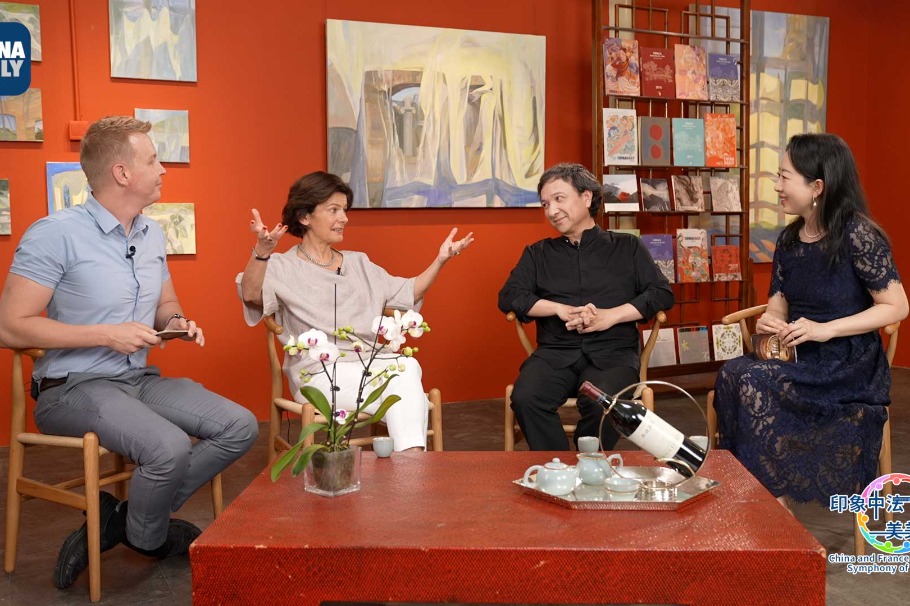Dialogue between modern skills and tradition

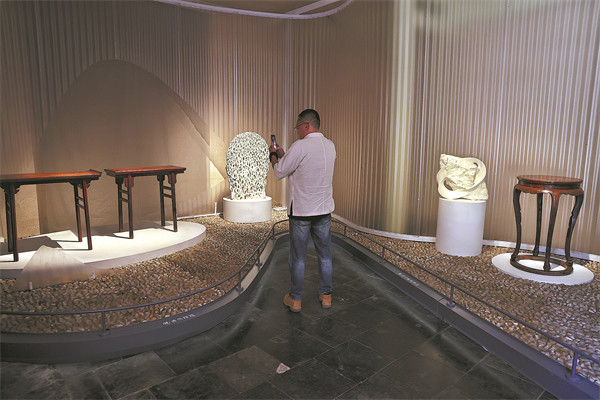
As a pinnacle of Qing aristocratic architecture, the museum once brimmed with exquisite furniture and porcelain, embodying China's multicultural artistic traditions.
"We've selected but a fragment of the museum's collection and a sampling of China's ceramic artists, focusing on pieces whose forms and aesthetics maintain profound dialogue with traditional sensibilities and cultural continuity," Bai says.
China's greatest artistic contribution lies in creating ordered beauty for daily living. These objects begin with function, evolve through symbolism, and ultimately convey cosmic principles through sublime craftsmanship hidden in elegant forms, harmonious interplay of shape, texture and color, and dignity and reverence embedded in practical use, he adds.
"This philosophical depth propelled Chinese furniture and ceramics to unparalleled historical heights," he emphasizes.
Wang Donghui, director of collections research department with the museum and cocurator of the exhibition, points out that German scholar Gustav Ecke's 1944 work Chinese Domestic Furniture showcased Ming-style pieces as exemplars of Chinese craft philosophy — where ritual culture, practical function and aesthetic sensibility achieved perfect harmony.
"These works (on display) create a transcendent cultural landscape where ceramics evolve from utility to spiritual expression, furniture reveals both minimalist elegance and ornate solemnity, and temporal and material boundaries dissolve in mutual illumination," Wang says.


